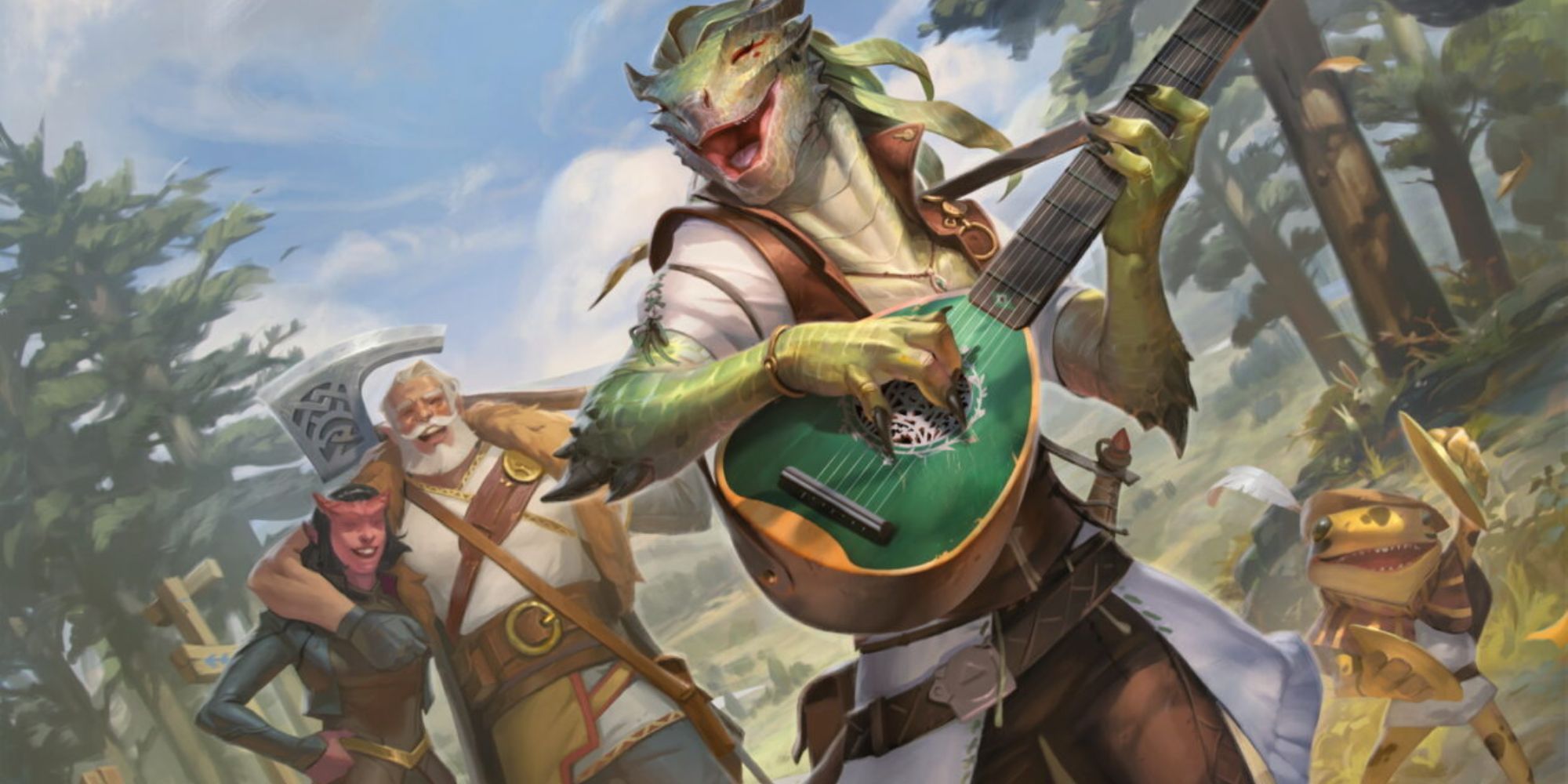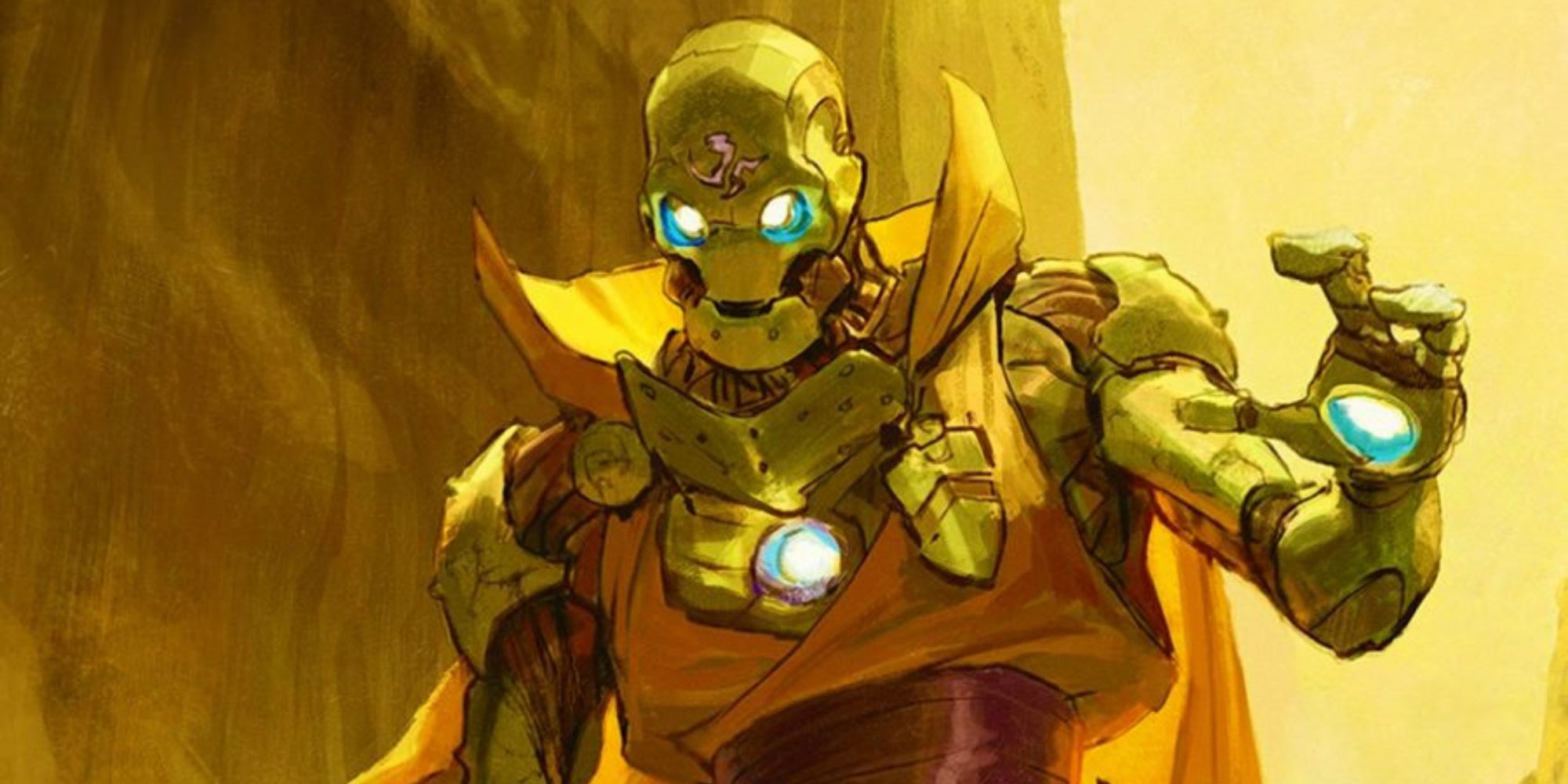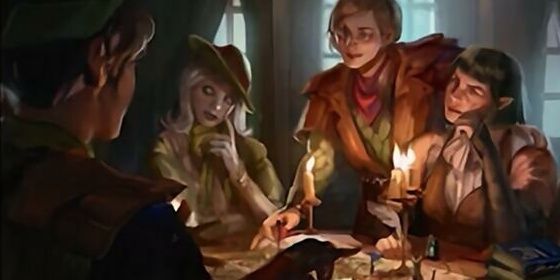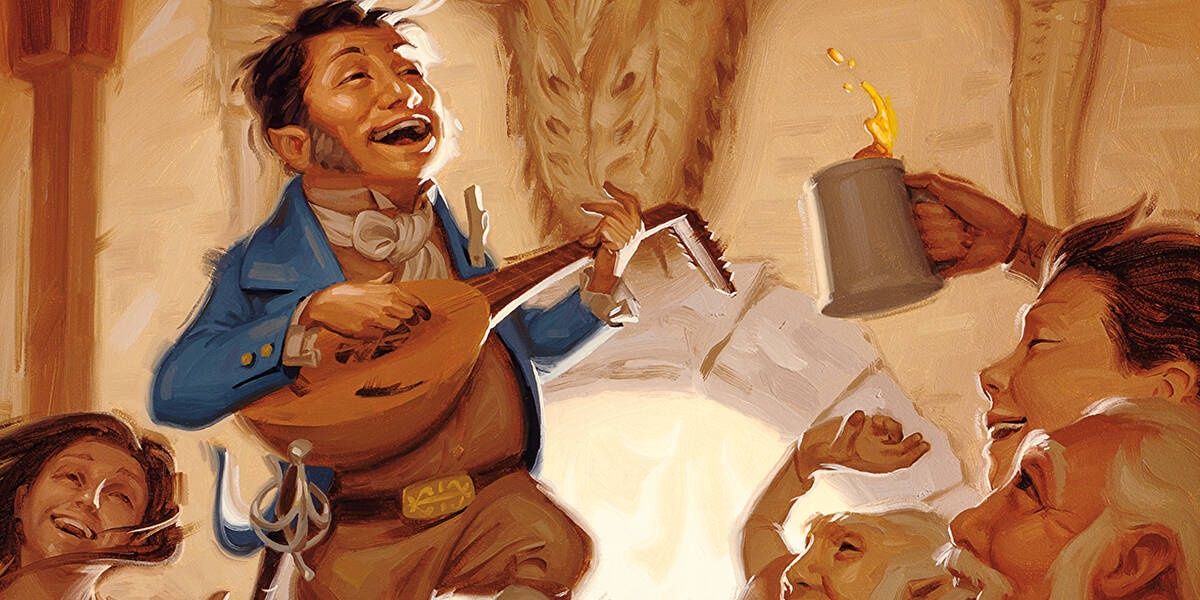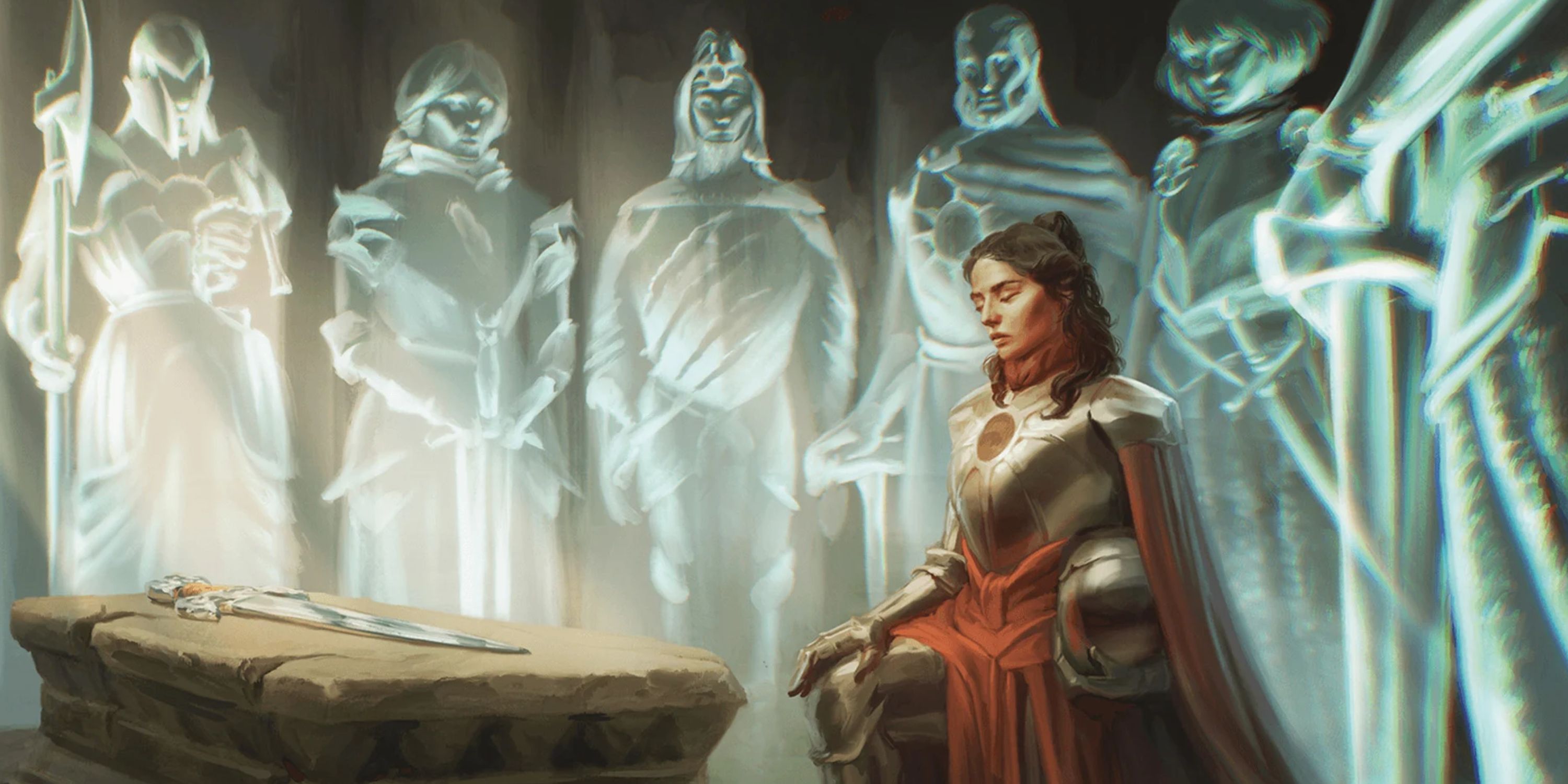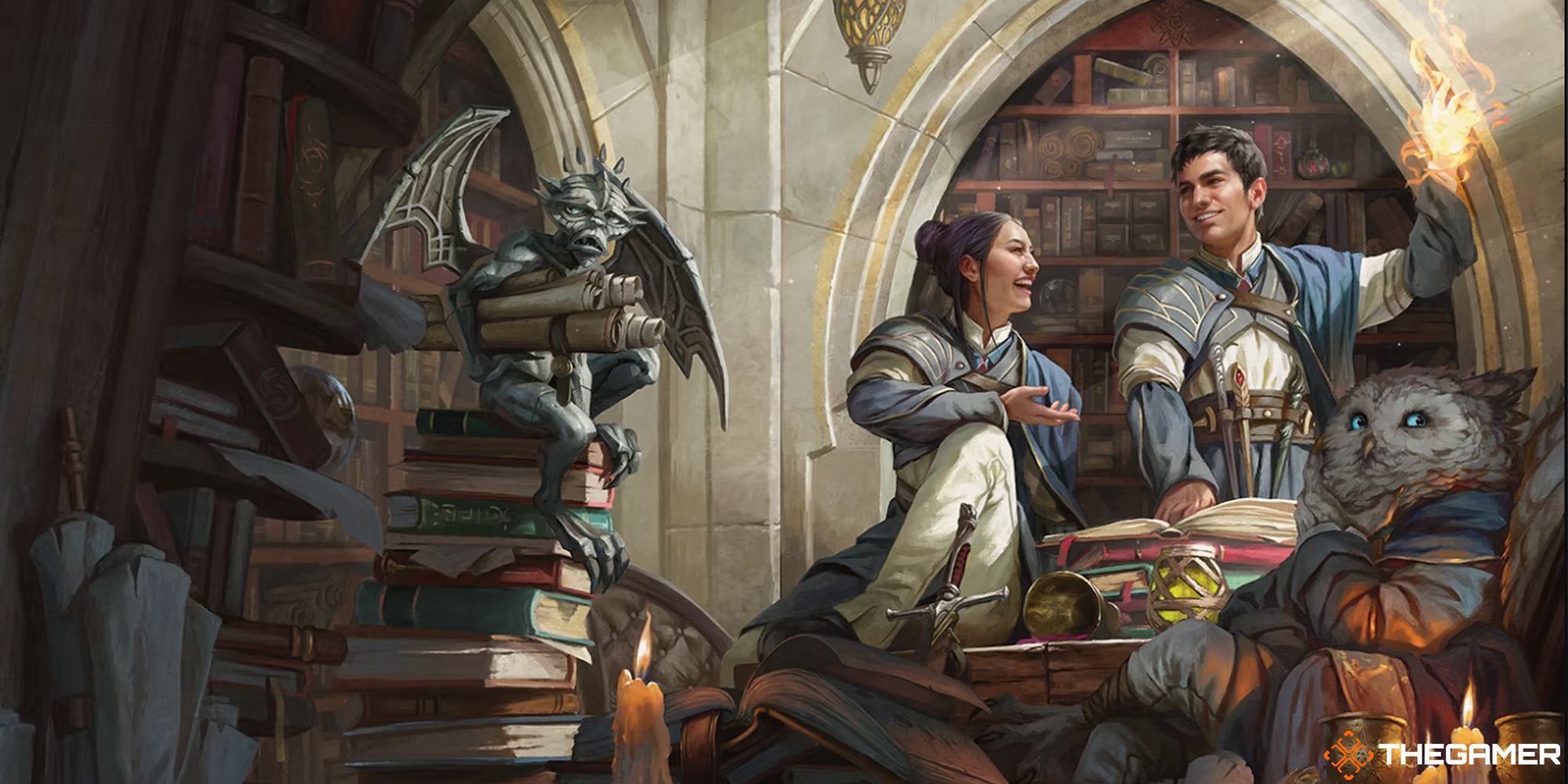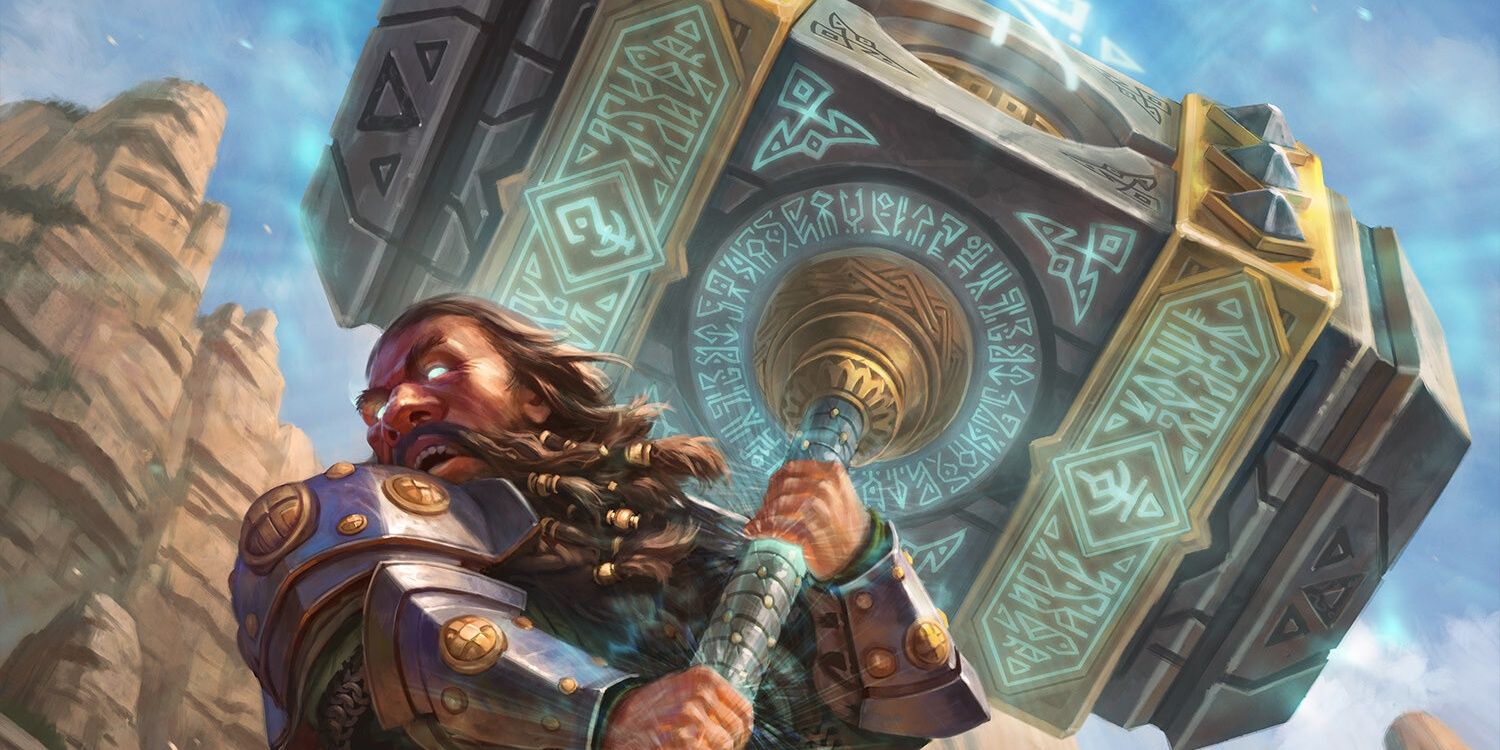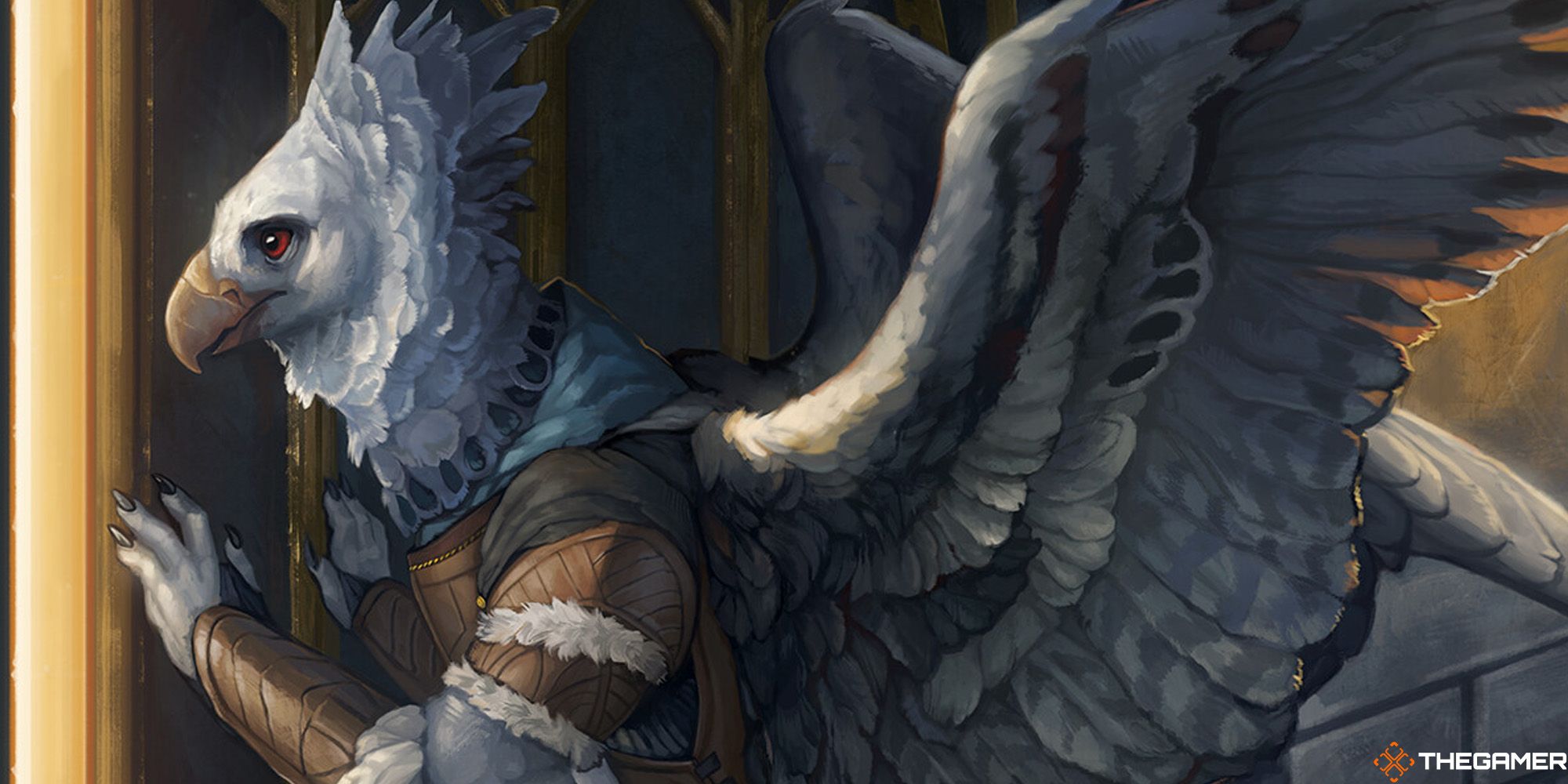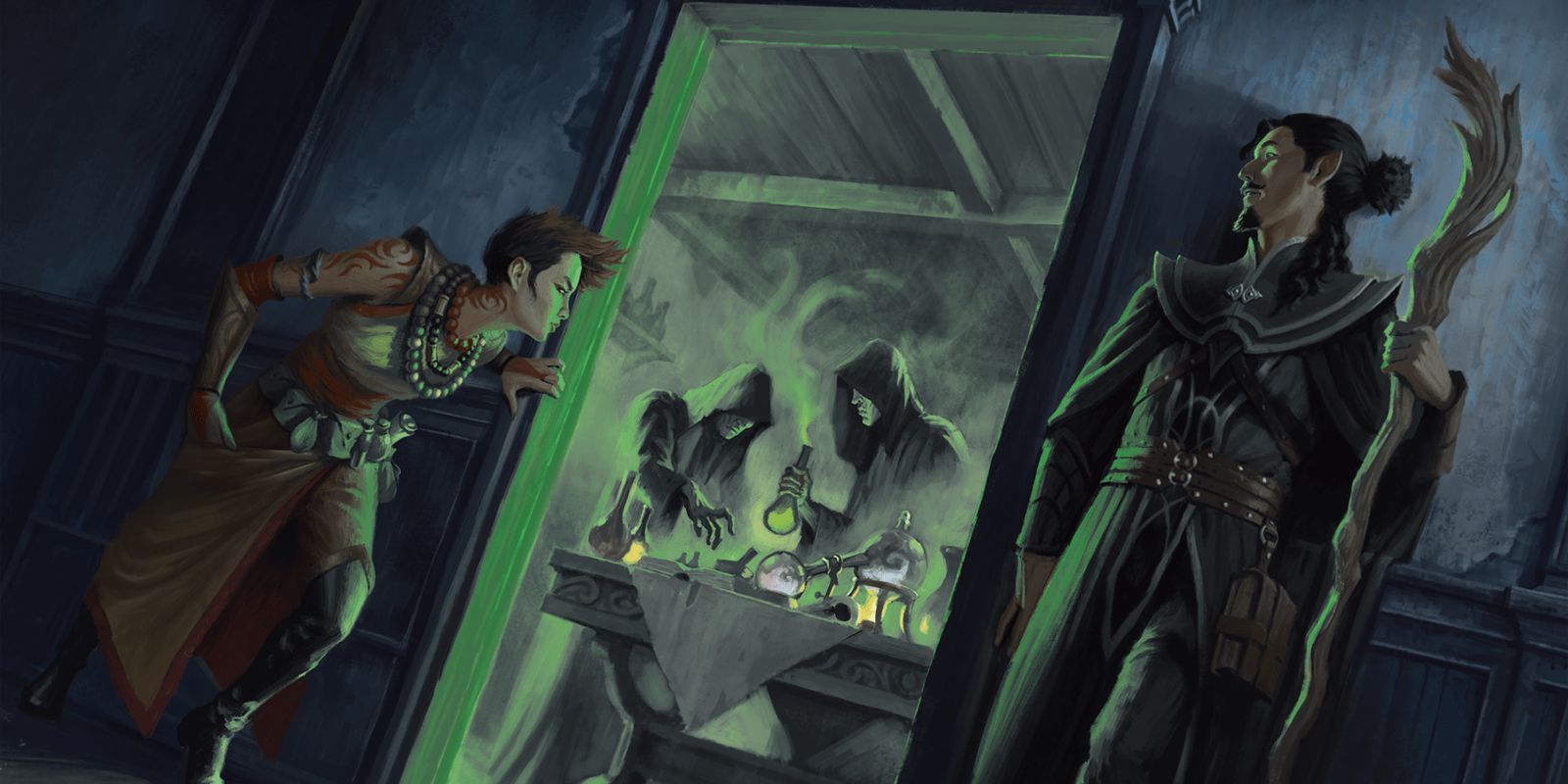There are a lot of facets to running a game of Dungeons & Dragons. As the Game Master, you help bring the world to life and help your players have a fun and exciting adventure.
One of these facets that many GMs spend time building is sound design for their games. This can vary from different music playlists, sounds to set the mood, or random noises as reactions to what the players do. Adding sound to your game has a few hurdles you have to get over, but thankfully there are also some tips to getting around them and setting up solid audio for your D&D game.
8 Automate It
There are plenty of software options out there for people who want a little bit more of an audio focus foe their D&D games. Setting up on Discord or a similar autoplay soundtrack for your games can be a great way to have music and sound ready to go without a lot of in-the-moment work on your part.
Of course, the running rule is the more you have going on in the background the more you may have to troubleshoot. Things mess up from time to time, so be careful relying on this alone if you want to have audio at all times. But it’s a great way to keep it mostly hands off during game time.
7 Prepare For The Session
One of the best things to do when preparing sound for your game is to know what sounds and music you’ll need for the session at hand. Thankfully, you’re the GM, so you should have a good idea of what may come up during a session and therefore what music and sounds you’ll need to prepare.
Gothic castle coming up? Get a good moody Playlist and some sounds of bats wings. Rainy forest excursion? You may want some nature sounds and a rain playlist at the ready to set the mood. Of course, it doesn't hurt to prepare some other sounds just in case too. You never know what a party will end up doing.
6 Universal Soundtrack
Having a sound and music list for every mood can be a fun way to use sound to your advantage, but it’s also time-consuming.
It's not a bad idea to have a go-to generic soundtrack for your sessions. There are a lot of great fantasy movie and game OSTs that add a good background without being obnoxious. No matter what platform you use, there is probably a pre-made playlist that will work for your everyday adventures too.
5 Designate A Sound Person
Being a GM of any game is a juggling act, especially if you’re doing homebrew campaigns. So, it may not be a bad idea to have someone else tackle audio. Touch bases with your players and see if anyone is interested. From there, all they have to do is get some music and sounds ready.
They don’t have to know anything about the game’s plot if you make them prepare for enough ahead of time. It can be an exciting thing to stop be game to ask for a dramatic or scary soundtrack to start playing before you describe what your party is about to face. Plus, you can even use these as red herrings for your players too by asking for certain sounds and music to be at the ready.
4 Prioritize
There are a lot of plates to spin as a GM for any game of D&D. Learning where audio ranks on your priorities in your game will take some of the stress off.
To some, setting the mood with audio is a highly important part of the game and well worth the pause to make sure the players are getting the full experience. For others, audio may take the wayside for different aspects of the game. There is no right or wrong answer to this, it's as open-ended as D&D is as a whole. It just depends on what you and your players want out of your game.
3 Understand Balance
There can be too much of a good thing. Before you dive headlong into the audio side of things, it’s best to get an idea of how much music and sound effects your players expect and want.
No one wants their game bogged down as their GM sits around fiddling with speakers and audio timing. There's a world to save after all. As well, too much audio can make it hard for players to feel like they can effectively RP or ask the GM questions. Keeping a careful and caring balance of audio vs. no audio is key for effective sound usage.
2 Silence Is Golden
Understanding when to not use music and sound effects is just as important as understanding when to use them. There will be emotional and sometimes grim moments in your campaign that don’t need a laugh track or even somber melodies.
When something creepy happens, the tension of silence can go a lot farther than Spooky Playlist #1. Know when to pause the music and let the characters set the tone for themselves. Remember: the people make the world, not the technology that you use.
1 Get A Soundboard
Streamers do it all the time. If you really want to mess around with the sound effects side of things then a soundboard may not be a bad idea.
You don’t have to spend a lot of money either. There are a lot of free software options available for those who want to give it a try. From there it’s the same as music: understand which sounds you’ll need and when the opportune moment is for them to be used.

